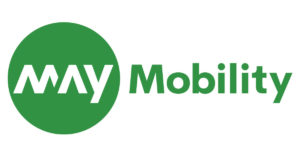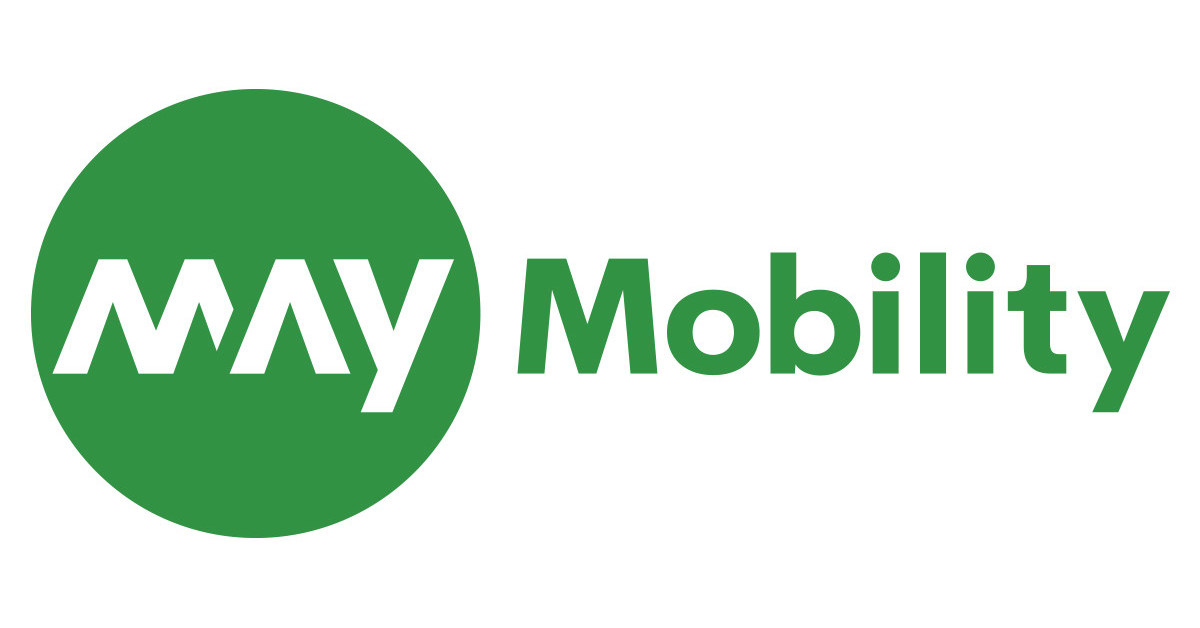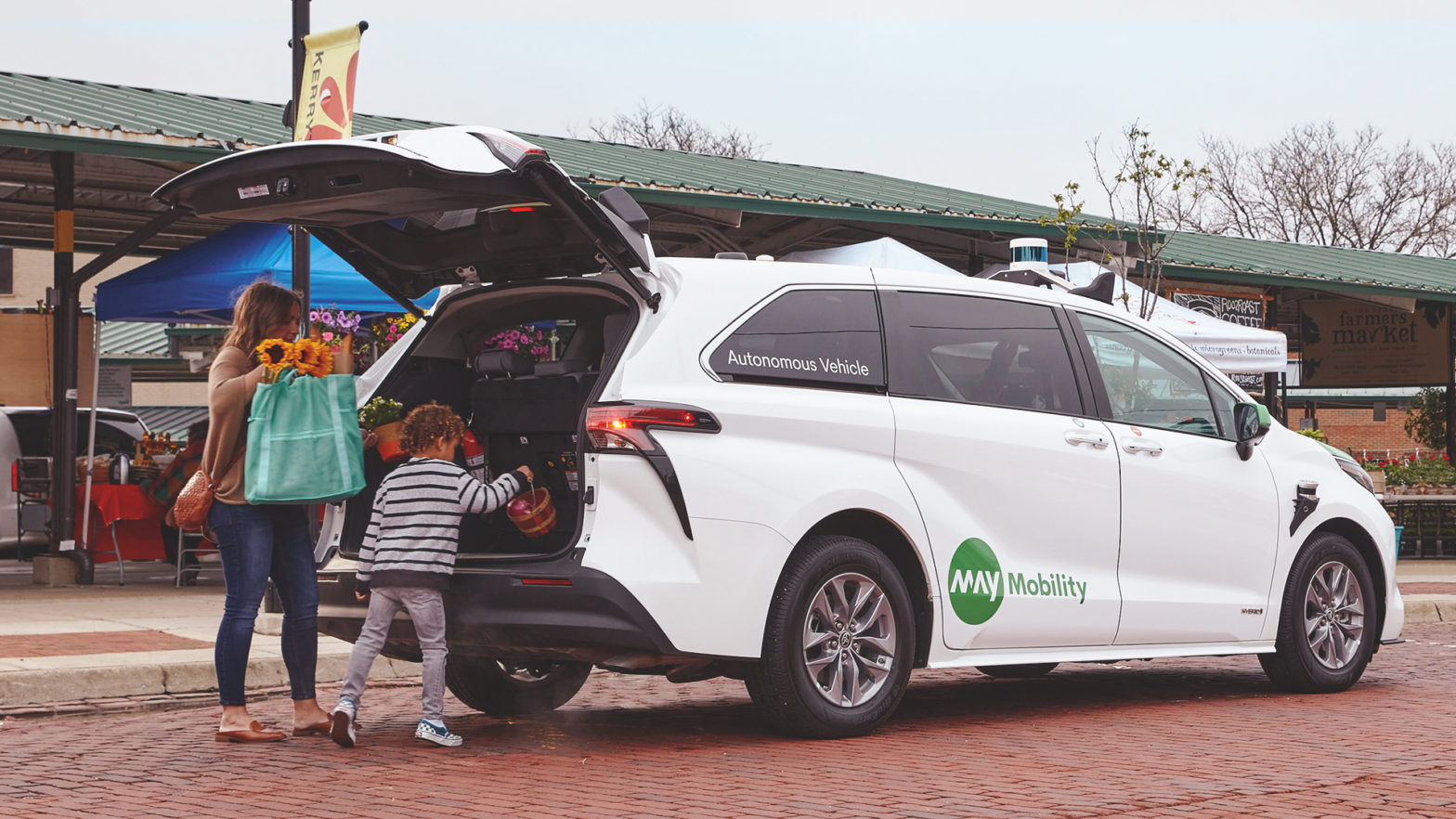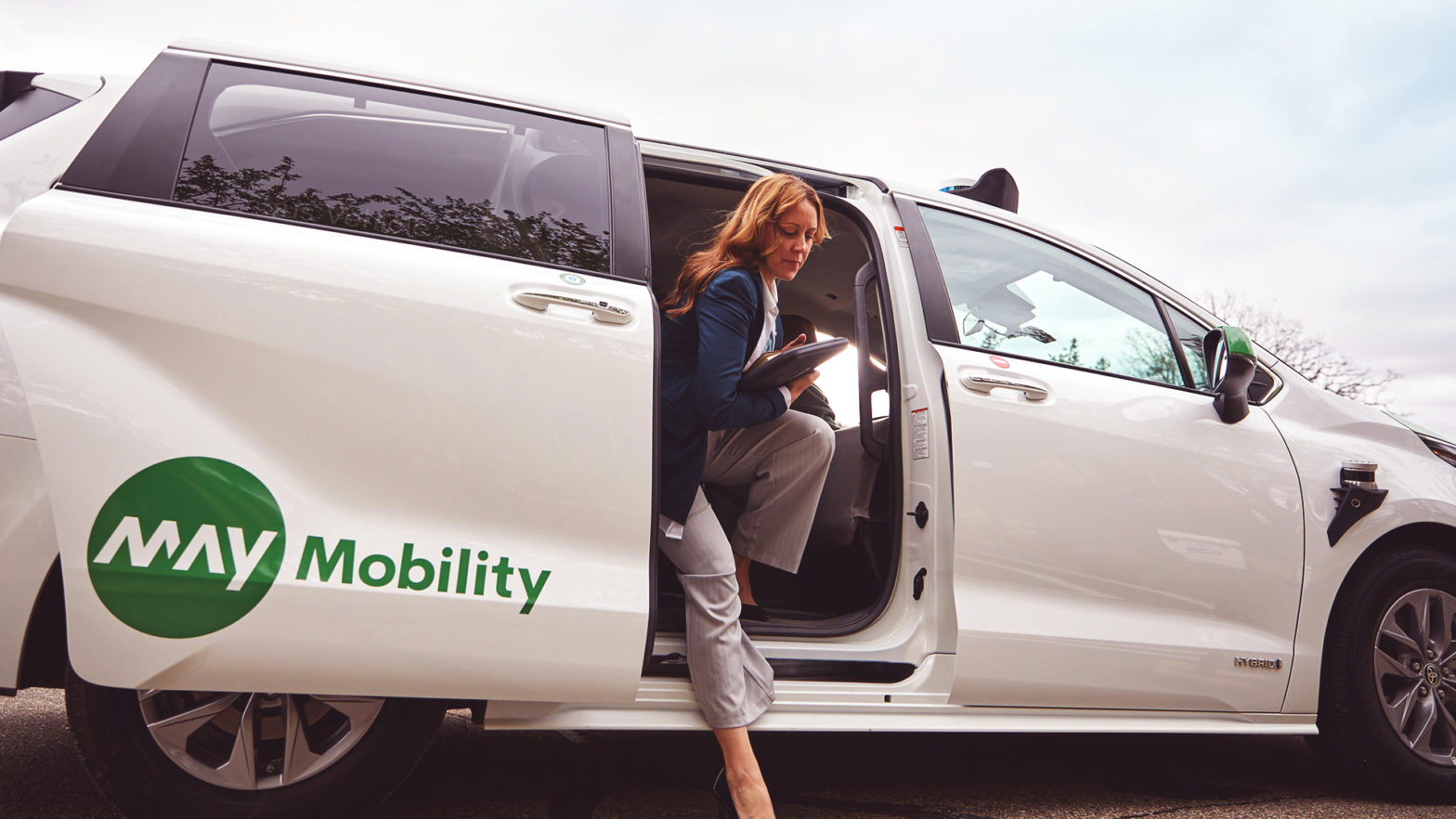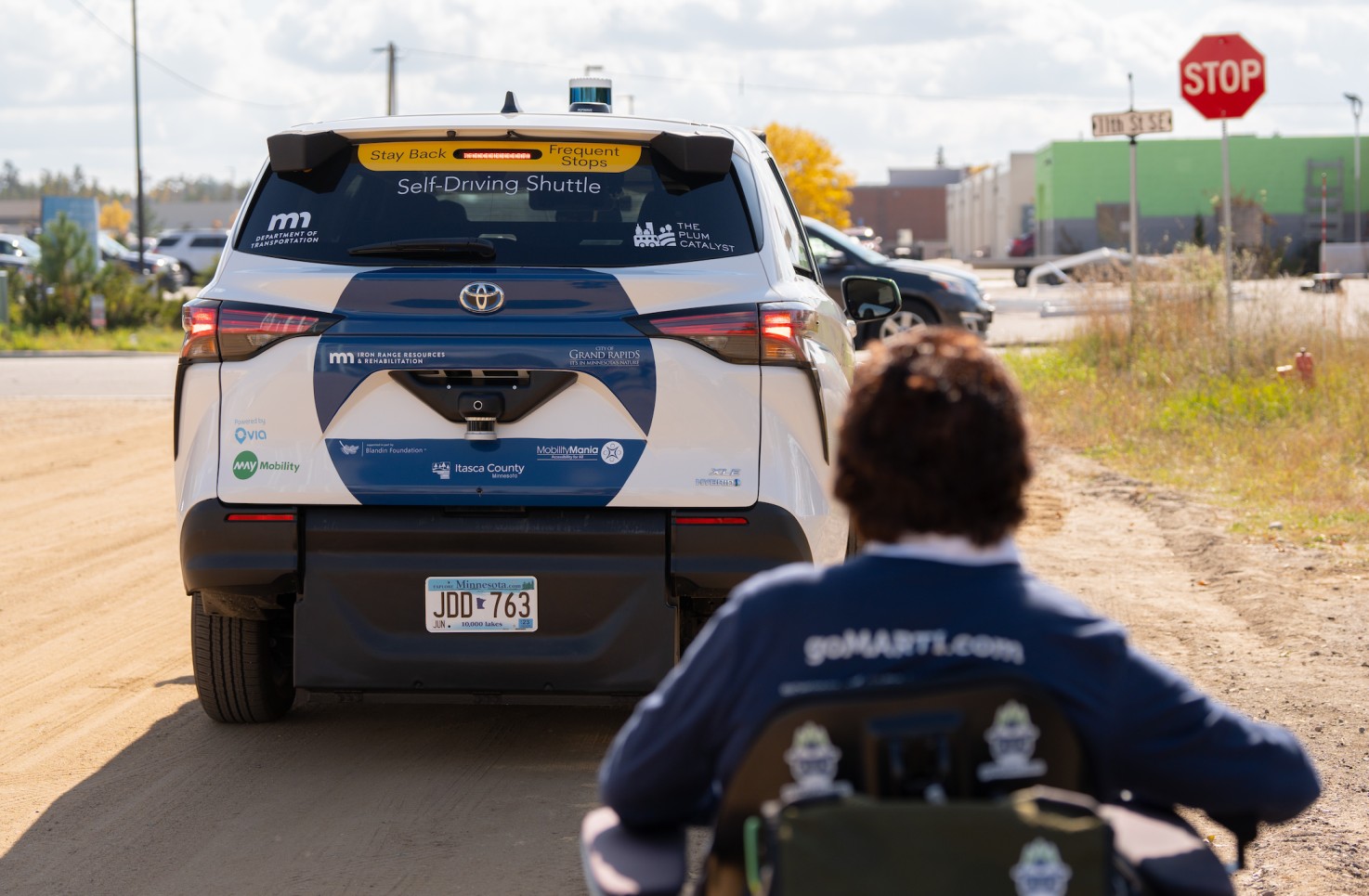
How AVs can become part of your shared mobility system
02 July 2023
Autonomous vehicles (AVs) are playing the important role of integrating with existing transit services, says a new whitepaper.
The report, produced by Cities Today Studio in partnership with May Mobility, highlights how new AV deployments are integrating with existing rideshare, microtransit and bus services; providing a transit service where none previously existed; and helping residents to better access jobs, healthcare and leisure.
Integration with bus services
In Grand Rapids, Minnesota, the goMARTI (Minnesota’s Autonomous Rural Transit Initiative) autonomous vehicle deployment has increased accessibility and transit options for 11,500 residents across 17 square miles. And, the service will be expanded with the assistance of a recent grant award from USDOT’s Advanced Transportation Technology and Innovation (ATTAIN) program.
The city has a public bus network that typically operates only during daylight hours, while goMARTI operates from 2pm to 10pm. Rather than competing with public transit, the AV microtransit service supplements existing services, offering residents a new mobility option during afternoon and evening hours thoughout the community.

The service also expands options for people with disabilities – goMARTI operates five fully autonomous vehicles, three of which are outfitted for wheelchair access. In the small community, around 25 percent of rides have been reserved by wheelchair users. This underscores a gap in the existing mobility ecosystem that May Mobility is able to fill.
“It allows people who have transportation deficiencies the opportunity to go to the high school to watch a basketball game or wrestling match, or go to an arena and watch a hockey game,” says Tom Pagel, City Administrator.
Pagel and his team were seeking to fill gaps in transport when determining the service area for the vehicles.
“We made sure it went by most of our Housing and Redevelopment Authority complexes,” he adds. “We wanted to serve those who are more vulnerable or who lacked transportation. We then linked those areas to all of our public schools, medical facilities, and primary grocery needs.”
Partnering with existing ride share services
In Arlington, Texas, the RAPID (Rideshare, Automation, and Payment Integration Demonstration) is one of the country’s first on-demand AV services, linked with a city-wide microtransit service.
The city’s journey to deploying AVs began over 30 years ago. Three different city votes took place during that time on whether or not a portion of sales taxes should be used to join up with a transit authority. Each vote failed and residents were left without any public transit options.
In 2016, Arlington’s mayor and city council appointed a stakeholder committee of 31 people to focus on the transport needs of the city.

“They heard about all of the available modes that existed out there and different funding opportunities and approaches,” says Ann Foss, Transportation Planning and Programming Manager in Arlington. “That’s how we ended up with our broader on-demand rideshare service which is city-wide and is our kind of solution to public transit. Testing AV technology was part of those recommendations.”
The AV deployment allows riders to choose between a non-autonomous or an autonomous vehicle. According to Foss, the majority of the time people are choosing the AV option, and
acceptance of AVs is between 75 percent and 90 percent.
“The RAPID service area is fairly small but we do see patterns,” Foss explains. “We have some top destinations for pick-up and drop-off points and we can look at peak periods of demand. It initially operated between 7am and 7pm but we were getting many more rides in the late afternoon so we switched it to 8am to 8pm to improve the service.”
Sarah Gryniewicz, Strategy Analyst at May Mobility, says that AVs are a new tool that should be used to improve and evolve transit systems.
“The more AVs are integrated and coordinated with the transit system, the more people can use Mobility-as-a-Service as a legitimate option,” she says. “We see on-demand AVs as a part of the network and helping enhance the network but not an entire network unto itself.”
Further potential benefits that AVs can provide include:
- First/last-mile connectivity and integration with transit hubs: AVs can bridge the gap between public transit stations and passengers’ homes or destinations. This integration enables easier access to public transit, encouraging more people to use it for longer journeys.
- Dynamic routing and scheduling: Those AVs equipped with real-time data analysis capabilities can optimise routing and scheduling based on demand patterns, traffic conditions, and public transit schedules. This integration can ensure better coordination between autonomous shuttles and public transit.
- Complementary services: They can complement existing public transit systems by providing specialised services such as during off-peak hours, providing flexible transit options to underserved neighbourhoods or extending service to areas that are not well-connected by traditional public transit.
- Accessibility and inclusivity: AVs can be designed to accommodate people with disabilities or mobility limitations, ensuring equitable access to public transit.
- Data-sharing and integration: Data from the vehicles can be shared with public transit agencies to optimise service planning, resource allocation, and infrastructure development, leading to more efficient and responsive transit systems.
Download a free copy of the whitepaper.
Brought to you by:
